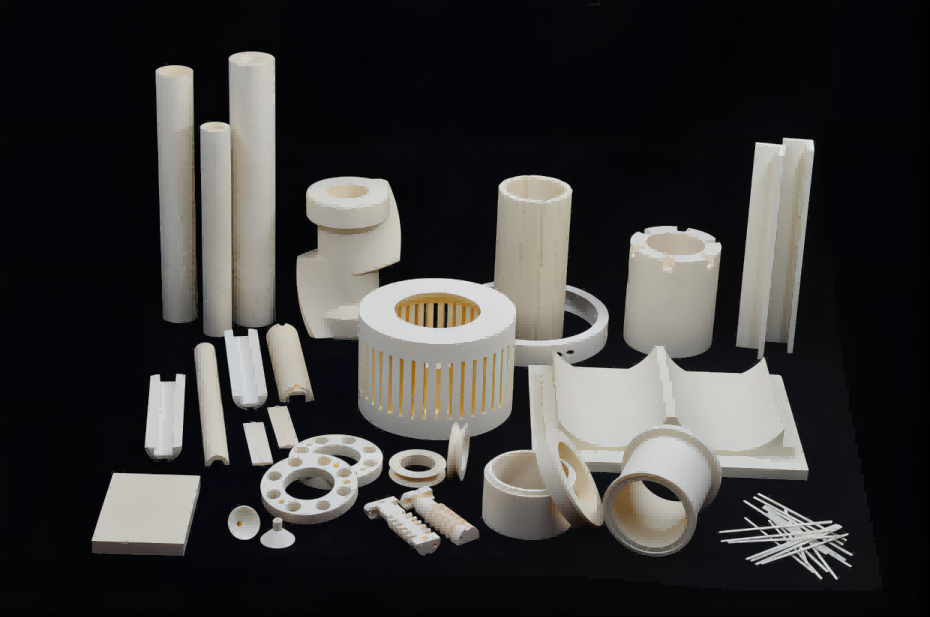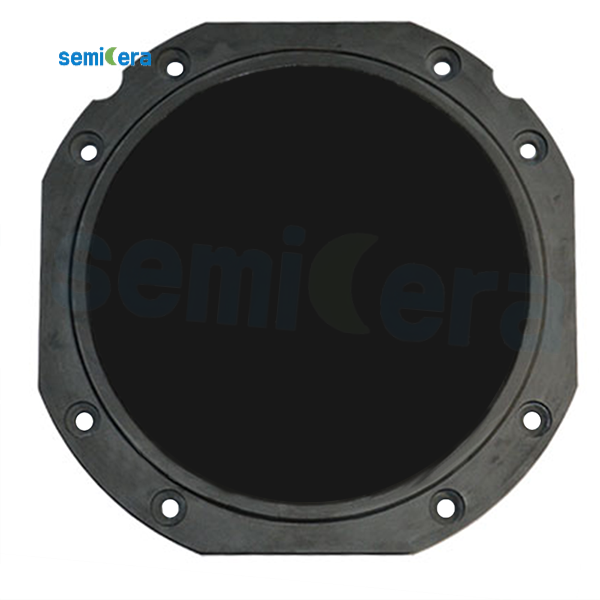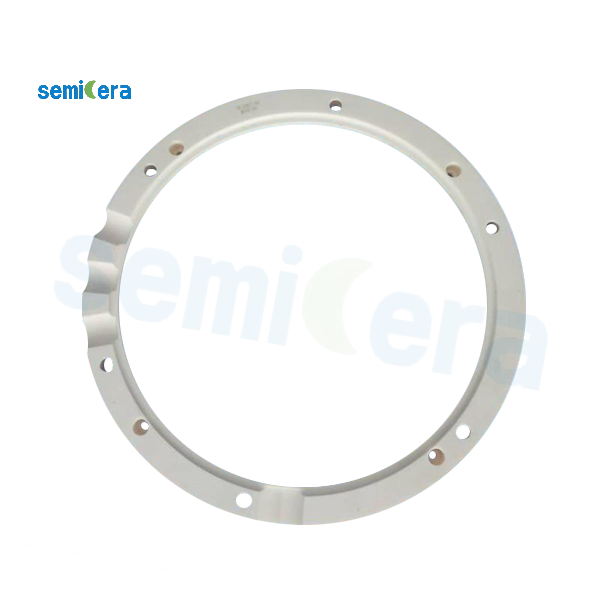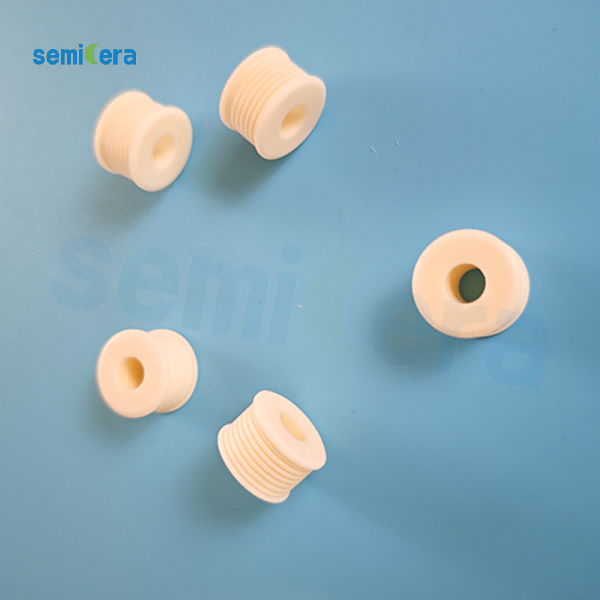Alumina ceramics is a kind of alumina (Al2O3) as the main ceramic material, is currently one of the very common special ceramics, can be widely used in high-tech and cutting-edge industries, such as microelectronics, nuclear reactors, aerospace, magnetic fluid power generation, artificial bone and artificial joints and other aspects, by people's favor and love.
Alumina ceramic materials have the following advantages:
1, the hardness of alumina ceramics is very high, good wear resistance.
2, alumina ceramics have chemical corrosion resistance and molten gold properties.
3, alumina ceramic material has excellent insulation, high frequency loss is relatively small but good high frequency insulation characteristics.
4, alumina ceramic material has the characteristics of heat resistance, small coefficient of thermal expansion, large mechanical strength and good thermal conductivity.
5, the wear resistance of alumina ceramics is good, but the hardness is the same as that of corundum, and the wear resistance of Mohs hardness level 9 is comparable to that of superhard alloys.
6, alumina ceramics have the characteristics of non-combustible, rust, not easy to damage, which is other organic materials and metal materials can not match the excellent performance.
| Technical Parameters | ||
| Project | Unit | Numerical value |
| Material | / | Al2O3 >99.5% |
| Colour | / | White,Ivory |
| Density | g/cm3 | 3.92 |
| Flexural Strength | MPa | 350 |
| Compressive Strength | MPa | 2,450 |
| Young's Modulus | GPa | 360 |
| Impact Strength | MPa m1/2 | 4-5 |
| Weibull Coefficient | m | 10 |
| Vickers Hardness | HV 0.5 | 1,800 |
| (Thermal Expansion Coefficient) | 1n-5k-1 | 8.2 |
| Thermal Conductivity | W/mK | 30 |
| Thermal Shock Stability | △T°C | 220 |
| Maximum Use Temperature | °C | 1,600 |
| 20°C Volume Resistivity | Ωcm | >1015 |
| Dielectric Strength | kV/mm | 17 |
| Dielectric Constant | εr | 9.8 |











